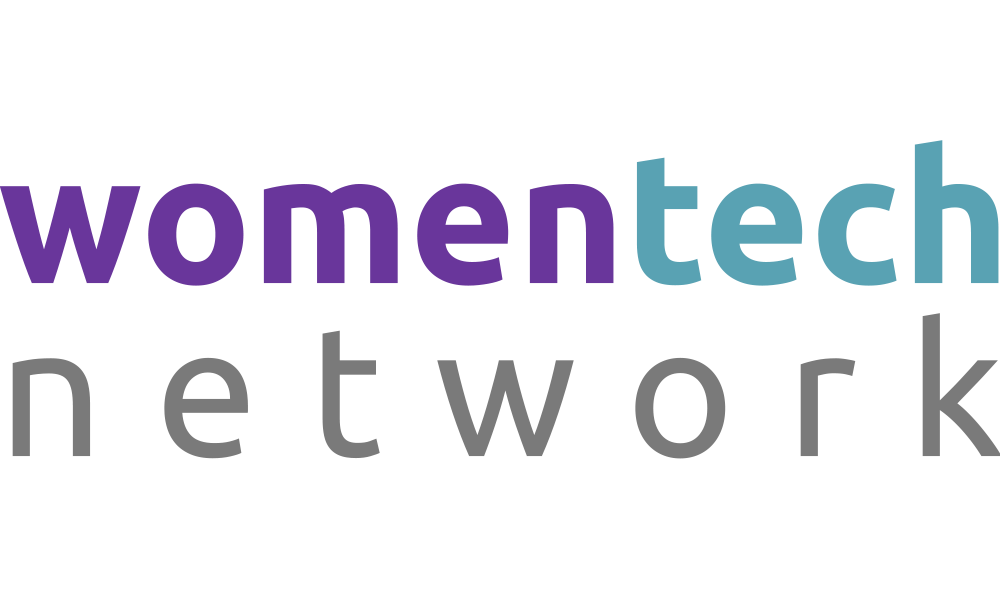Is Your Company Walking the Talk on Gender Diversity?
This series explores whether companies truly commit to gender diversity beyond mere promises. It emphasizes assessing representation, pay equity, recruitment, company culture, and accountability. Key indicators include a strategic approach to diversity, support systems, training, feedback mechanisms, and external engagement. True engagement considers intersectionality, retention, leadership development, and workplace culture...
What Metrics Should We Use to Gauge Workplace Inclusion for Women in STEM?
To assess workplace inclusion for women in STEM, it's vital to examine gender representation across levels, ensure pay equity, monitor retention rates, offer equal professional development, implement diversity in hiring, support work-life balance, gather employee feedback, provide mentorship and networking, highlight female role models, and address harassment promptly. These factors...
Are Gender Inclusion Initiatives Making a Difference in Tech?
Gender inclusion in tech is evolving, with initiatives increasing diversity and fostering inclusive cultures. Yet, progress is slow due to biases and attrition rates. Success is visible in rising female leadership and tech startups by women. Personal stories highlight the initiatives' impact beyond numbers, but challenges like bias and pay...
How Do We Turn Inclusion Policies into Everyday Practices for Women in Tech?
Leadership in tech must model inclusion by supporting women's advancement and fostering an inclusive environment. Comprehensive training, mentorship, and sponsorship programs are vital. Flexible work arrangements and inclusive recruitment enhance diversity. Supporting ERGs, regularly reviewing feedback, celebrating diversity, ensuring transparent career opportunities, and building a respectful culture are key for...
What Are the Barriers to True Gender Inclusion in Tech Workplaces?
Gender stereotypes, bias, and the pay gap in tech hinder women’s careers. Lack of female role models, flexible work policies, and supportive environments exacerbate these issues. Predominantly male workplaces and inadequate harassment policies deter inclusion, as does limited access to STEM education for girls. Recruitment biases and cultural norms further...
Can We Measure Empowerment? Tools for Assessing Women’s Inclusion in the Workplace
Organizational climate surveys, gender equality scorecards, and 360-degree feedback tools assess workplace attitudes towards women's empowerment. Employee Resource Groups, in-depth interviews, and focus groups offer qualitative insights into women's experiences. Work-life balance assessments, leadership representation analysis, and pay equity audits quantify empowerment aspects. Employee satisfaction surveys and mentoring program evaluations...
How Inclusive Are Our Work Cultures? Perspectives from Women in Tech
Tech industry efforts towards gender inclusivity show progress, yet challenges persist with barriers like unequal pay, underrepresentation, and 'brogrammer' cultures. Celebrating advancements, the importance of mentorship, addressing biases, and leveraging ERGs are highlighted. Intersectionality and the role of flexible work in fostering inclusion are also acknowledged. Continuous improvement and listening...
What Does Real Inclusion Look Like for Women in Tech?
Real inclusion in tech for women involves equal opportunities, supportive culture, flexible policies, mentorship, equal pay, inclusive recruitment, education, leadership visibility, supportive networks, and continuous improvement based on feedback to ensure women are respected, valued, and have equal chances to thrive.
How Well Do Our Workplaces Truly Support Women? Assessing Inclusion Metrics
The Glass Ceiling Index, Gender Pay Gap Analysis, and other metrics like Flexible Work Arrangements and Access to Mentorship Programs evaluate workplace support for women's advancement. These measures, including Sexual Harassment Policies, Diversity Training, Representation in Decision-Making, Employee Satisfaction Surveys, Career Development Opportunities, and Maternity/Paternity Leave Policies, indicate the extent...
Are We Making Progress? Evaluating Gender Inclusion in Tech Industries
Efforts to boost gender inclusivity in tech are rising, yet challenges like the glass ceiling and unconscious biases persist. Progress is visible from education to leadership, with policies and remote work offering new opportunities. However, retention and representation, particularly in higher roles, need focus. The role of technology, allies, and...
